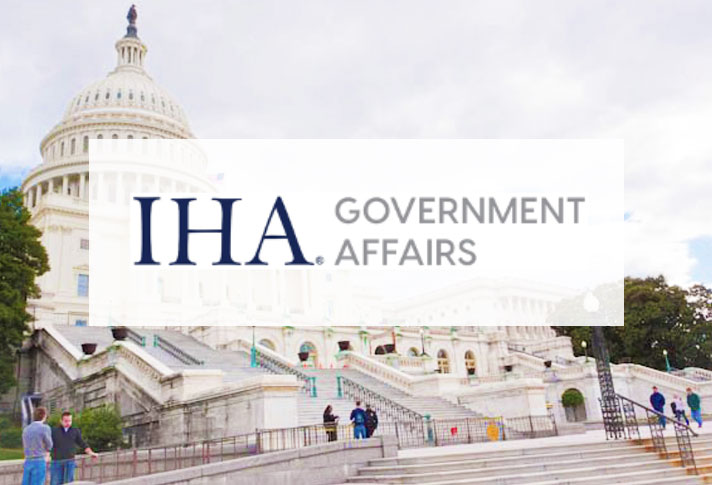The U.S. Environmental Protection Agency (EPA) has taken steps to set maximum levels for certain polyfluoroalkyl and perfluoroalkyl substances (PFAS) in public drinking-water systems, and to designate certain PFAS as hazardous substances under the Comprehensive Environmental Response, Compensation and Liability Act or CERCLA (the Superfund law). PFAS are chemicals that have been used for decades in carpeting, clothing, cookware, cosmetics, food packaging, firefighting foam, spray polyurethane foam and many other consumer and industrial products.
The EPA’s proposed standard for PFAS under the Safe Drinking Water Act published March 14 would require water utilities to detect and reduce PFAS at 4 parts per trillion, which could force them to spend billions to comply. The EPA says this is the lowest level that can be accurately measured and is consistent with limits in 12 states that have their own standards.
PFAS are considered “forever chemicals” because they take years to break down, and the EPA’s regulatory actions are based on studies it cites linking them to health-related issues. But other experts in this field, including some on the EPA’s Science Advisory Board, caution the agency moved too fast before the science was fully reviewed and the threat of long-term PFAS exposure is not fully known.
The American Chemistry Council (ACC), the chemical industry’s main trade group, said in a statement that it supports drinking water standards, “However, we have serious concerns with the underlying science used to develop these proposed MCLs [Maximum Contaminant Levels] and have previously challenged the EPA based on the process used to develop that science. We are not alone in our concerns, as others have been on the record criticizing their development.” The ACC further said, “The EPA’s misguided approach to these MCLs is important, as these low limits will likely result in billions of dollars in compliance costs.”
Critics of the proposed standard also point out that PFAS are necessary components in a wide array of products including cell phones and medical devices, with no viable alternatives. The National Association of Manufacturers explains, “The EPA’s proposal leaves many questions unanswered on the feasibility of meeting these new standards and the economic impacts this will have on communities, especially rural communities and consumers.”
EPA officials think they can complete a new PFAS drinking water standard by the end of 2023, but that might be optimistic for a rule of this magnitude. For example, classifying PFAS as a hazardous substance under the Superfund law is smaller in scope and was supposed to be final by February but is still under review.
Regardless of when it’s finalized, legal observers think if the EPA’s proposed PFAS drinking water standard survives court challenges, municipalities and water utilities will seek to recover costs through litigation against companies that manufactured and distributed PFAS. And there could also be other ripple effects that caste a wider litigation net.



